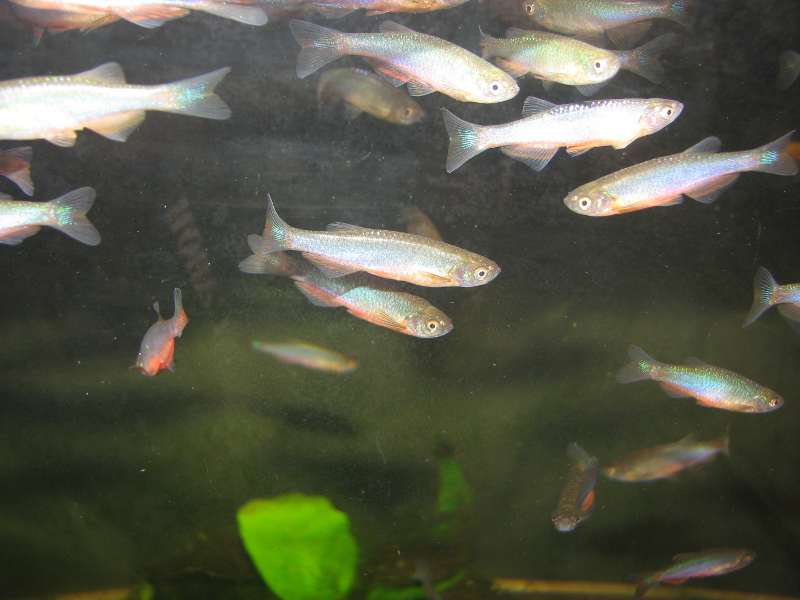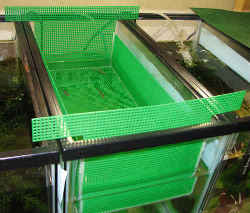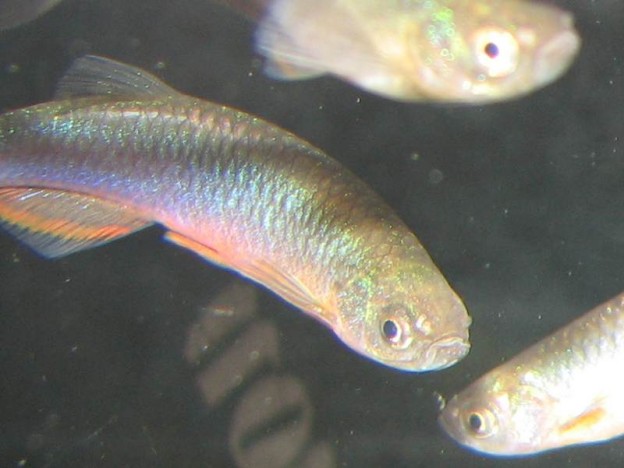Origin
First described by Fang & Kottelat, in 2000, Danio roseus hails from Myanmar, and Thailand. They have been collected in the wild from the upper tributaries of the Mekong basin, from northern Thailand (Nong Khai and Chiang Rai Provinces, northern Thailand), northern Lao PDR and recorded from several localities in northern Myanmar (including a tributary of the Chindwin).
These fish typically inhabit small, well-oxygenated, running streams under forest cover, and backwaters of larger rivers, but has also been collected from backwaters of larger rivers, and there exists a single record of them being found in the main Mekong channel itself.
Size
55mm (2.25 inches). Standard Length
Comments
To me, Purple Passion Danios (Danio roseus) look like Pearl Danios (Danio albolineatus), on steroids. Where Pearls Danios have subtle pastel coloring, Purple Passion Danios are bold and bright.

They are more laid-back than your typical Zebra Danio and in my opinion make a great community tank fish. They are a shoaling species, and as such, should be kept in groups of 6 fish or more.
Care Info
Like most Danios, these fish are very hardy and undemanding in the aquarium. Water parameters are not at all critical with preferred temperatures in the 68 to 78 °F range. I like to keep mine in a pH range of 6.0-7.5, and hardness of up to 18 degrees. As summer time temperatures in my fish room can sometimes get rather warm, I have kept them in water as warm as 85°F for short periods of time. It is important to keep the water well oxygenated, well-filtered and with a moderate flow rate.
They are very good eaters, and can become quite boisterous at feeding time. I normally feed mine a varied diet of slow-sinking granular foods, frozen foods such as blood worms, sinking pellets made of shrimp, and spirulina, Repashy gel food, and various live foods such as daphnia, and mosquito larvae.
Spawning Info
These fish are very prolific and spawn in typical egg scatter fashion. Condition the fish for several days with high quality commercial and live foods. Just before lights out in the fish room, place your breeders into a set-up containing a breeder basket.

With a bit of luck, the fish will spawn at first light the next morning. If not you can leave them in the breeder set-up for 2 or three days without feeding. If they still haven’t spawned after that, it’s time to remove them for more conditioning and another try at spawning after that.
The fry are of good size and can be fed the smaller sizes of Golden Pearls and newly hatched brine shrimp. Here’s a video of some week old Danio roseus fry after eating some BBS.
Here are the same fry at 3 weeks old. You can see that with large daily water changes, and lots of high quality foods, they grow very fast.
At around 4 to 5 weeks old, they take on a lovely metallic blue sheen.


